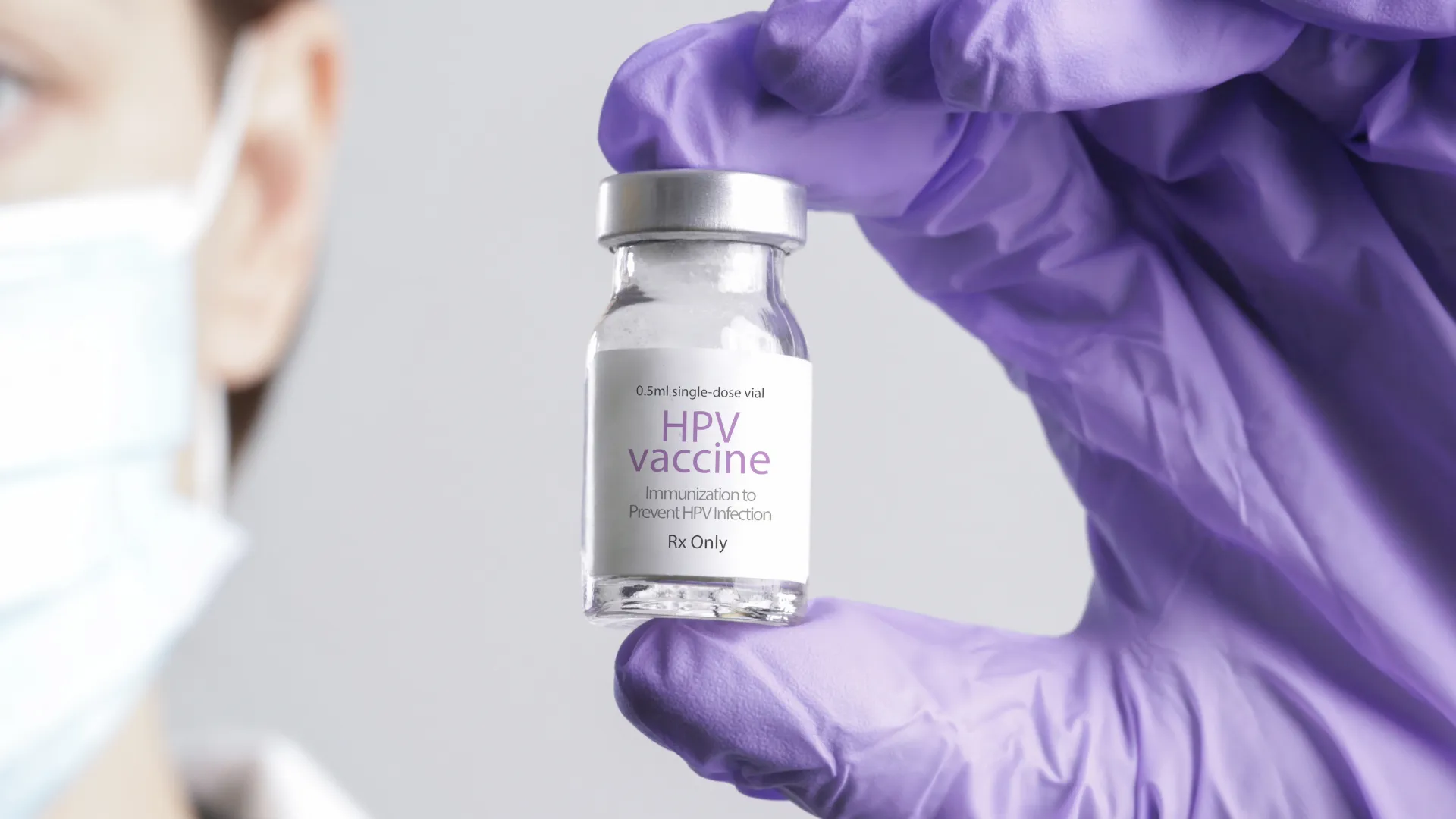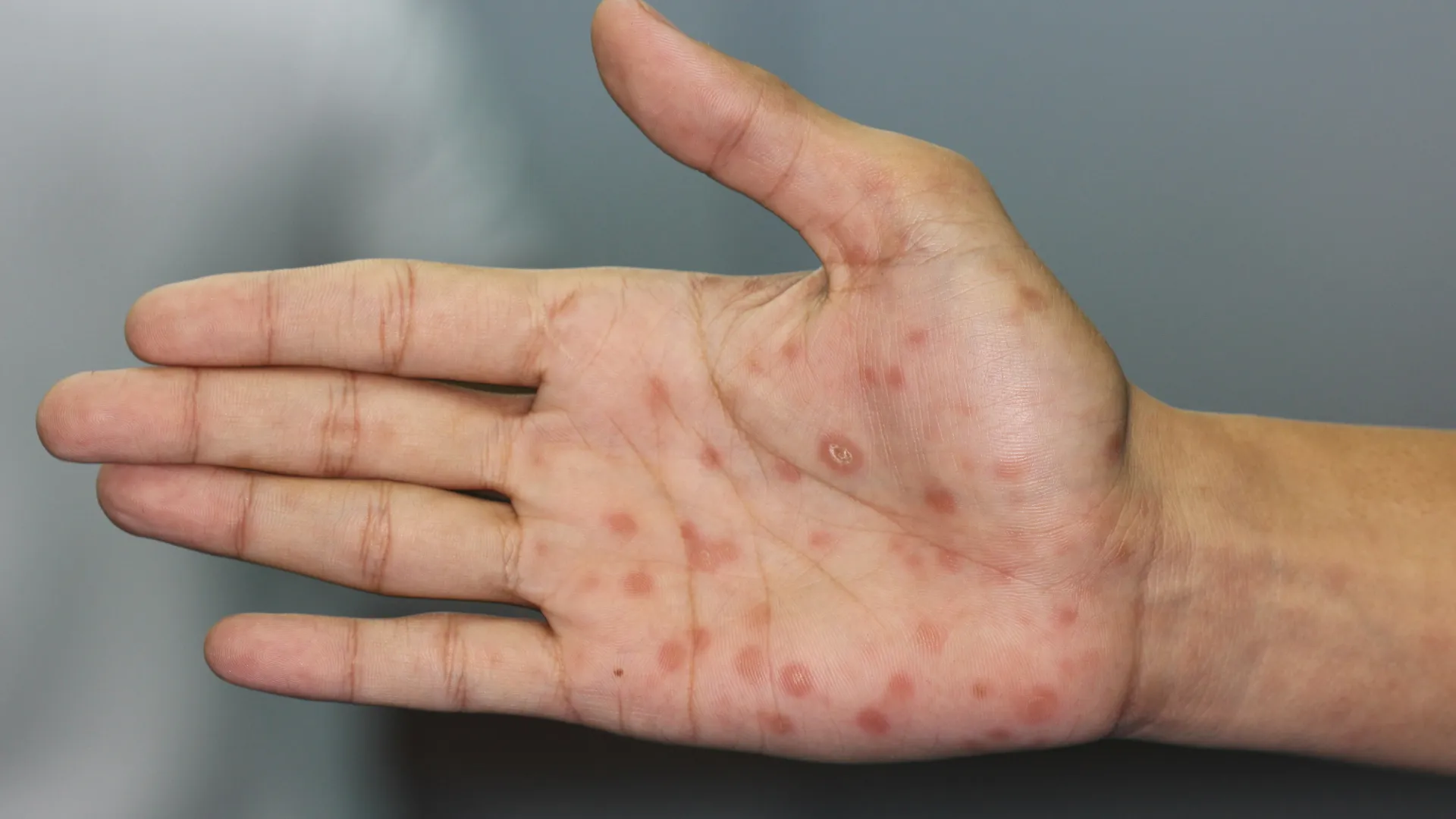Condylomas (Genital warts)
Condylomas, commonly known as genital warts, are a sexually transmitted disease caused by certain strains of the human papillomavirus (HPV). They represent the most frequent clinical manifestation of HPV infection in the anogenital area. Over 200 HPV genotypes have been identified, with around 50 strains affecting the genital, perianal and perigenital regions in sexually active individuals. Although the majority of warts are caused by non-oncogenic strains, some oncogenic strains can coexist in the area, which are associated with cancers of the cervix, anus, vagina, vulva and penis. It’s estimated that 50-75% of sexually active individuals will contract HPV at some point in their lives, with genital warts most commonly appearing in those aged 18-35.
Risk Factors
Several factors can increase the likelihood of developing condylomas:
- High number of sexual partners: Frequent changes in sexual partners and early initiation of sexual activity significantly raise the risk.
- Immunocompromised state: Conditions such as autoimmune diseases or the use of immunosuppressive medications can facilitate the development of warts.
- Skin trauma: Micro-injuries from shaving or hair removal can create openings in the skin, allowing the virus to enter.
- Coexistence with other STIs: The presence of other sexually transmitted infections can increase susceptibility.
- Smoking and stress: Both have been shown to impact immune function and may contribute to HPV proliferation.
Clinical Presentation
Condylomas typically appear as small protrusions or growths in the genital and perianal areas. They may resemble small pimples or moles, varying in size from the head of a pin to larger cauliflower-like formations. Most cases are asymptomatic, though some individuals may experience itching or a burning sensation.
Types of Condylomas
- Genital warts: These cauliflower-like projections may appear in shades of white, brown or pink and are usually found on mucosal surfaces such as the labia, vagina, glans and perianal area.
- Verrucous Warts: These are smoother nodules, typically brown, gray or beige, located on the penis, labia, or pubic region.
- Flat Lesions: Generally found on mucosal surfaces, they present as pink or grayish-white patches.
Interestingly, in some cases, the virus may not produce visible warts but can still be detected through clinical and laboratory tests.
Localization
In men, condylomas are commonly located on the urethra, penis, scrotum, pubis and perianal region. Less frequently, they can appear in extragenital sites, such as the oral cavity, tongue, hard palate and lips.
In women, lesions can affect the vulva, vagina, pubis, and perianal region. Due to the potential for transmission through oral contact, they may also appear in the oral cavity, inside the lips and on the tongue.
Diagnosis
Diagnosis is primarily clinical. Generally, a biopsy is not needed, unless there are atypical, pigmented, ulcerated or bleeding lesions, or if lesions do not respond to treatment.
HPV DNA Testing can identify the strain responsible for the lesions, determining whether it is low- or high-risk. This test is particularly important for individuals with recurrent warts. While not all strains are detected, the most concerning strains (16 and 18) associated with cancer, as well as those causing warts (6 and 11) are identified.
Patients with condylomas should also be screened for other sexually transmitted infections.
Treatment
Treatment methods for external condylomas can be categorized into patient-applied and clinician-administered options. Factors influencing the choice of treatment include the size, number and location of warts, as well as the morphology of the lesions and potential side effects. Multiple treatment sessions may be necessary and a combination of methods may be necessary.
- Cryotherapy: A widely used, non-invasive method that provides immediate visible results. Liquid nitrogen is applied to the lesions, often without the need for local anesthesia, allowing patients to resume their daily activities quickly. Repeat sessions may be needed.
- CO2 laser treatment: This technique offers high success rates with immediate results and excellent cosmetic outcomes, allowing for controlled depth and extent of lesion destruction.
- Electrosurgery: This method involves using electricity to destroy warts after local anesthesia is administered. It selectively targets lesions for effective treatment.
- Surgical excision: Used for larger lesions, this method can effectively remove giant condylomas.
- Topical creams: Patients may self-administer creams, typically over an extended period.
Prevention
Sexual partners of individuals with condylomas should be screened and female partners should be advised about the importance of regular Pap tests for cervical health.
Regardless of the treatment chosen, ongoing monitoring is essential for the year following treatment to identify and address any new lesions promptly. Regular self-examination is also crucial for early detection of potential new growths.
Vaccination remains a key preventive measure against HPV. Since 2006, vaccines have provided immunity against the most common strains of HPV, including those most frequently linked to condylomas (types 6 and 11). Three vaccines are available:
- Bivalent: Targets oncogenic strains 16 and 18.
- Quadrivalent: Covers oncogenic strains 16 and 18, as well as non-oncogenic strains 6 and 11.
- Nine-valent: Provides coverage against oncogenic strains 16, 18, 31, 33, 45, 52, 58, and non-oncogenic strains 6 and 11.
The maximum protection is achieved when the HPV vaccination is completed before the onset of sexual activity. In Greece, the nine-valent (HPV9) vaccine is available.
- HPV vaccination is recommended for both boys and girls aged 9–11 years. If the vaccination is not administered during the recommended age range, it can be caught up until the age of 18. The vaccination schedule consists of 2 doses (0, 6–12 months).
- HPV9 vaccination is also recommended for unvaccinated women and men aged 18–45 who belong to the following high-risk groups:
- Primary or secondary immunosuppression affecting cellular or humoral immunity, such as B and T-cell deficiencies.
- HIV infection.
- Malignant neoplasms.
- Organ transplantation.
- Autoimmune diseases.
- Receiving immunosuppressive therapy.
- Women who are unvaccinated and have undergone or are about to undergo cone biopsy (CIN2+).
- Men who have sex with men (MSM).
It is recommended to administer two doses with a 6-month interval (schedule 0, 6) for all the aforementioned groups, with the following exceptions: individuals with HIV infection and those with immunosuppression or receiving immunosuppressive therapy should receive three doses (schedule 0, 1–2, 6 months).
In conclusion, understanding and managing HPV-related conditions, including genital warts, is essential for maintaining sexual health. Early detection and appropriate treatment can significantly improve outcomes and reduce the risk of complications.

